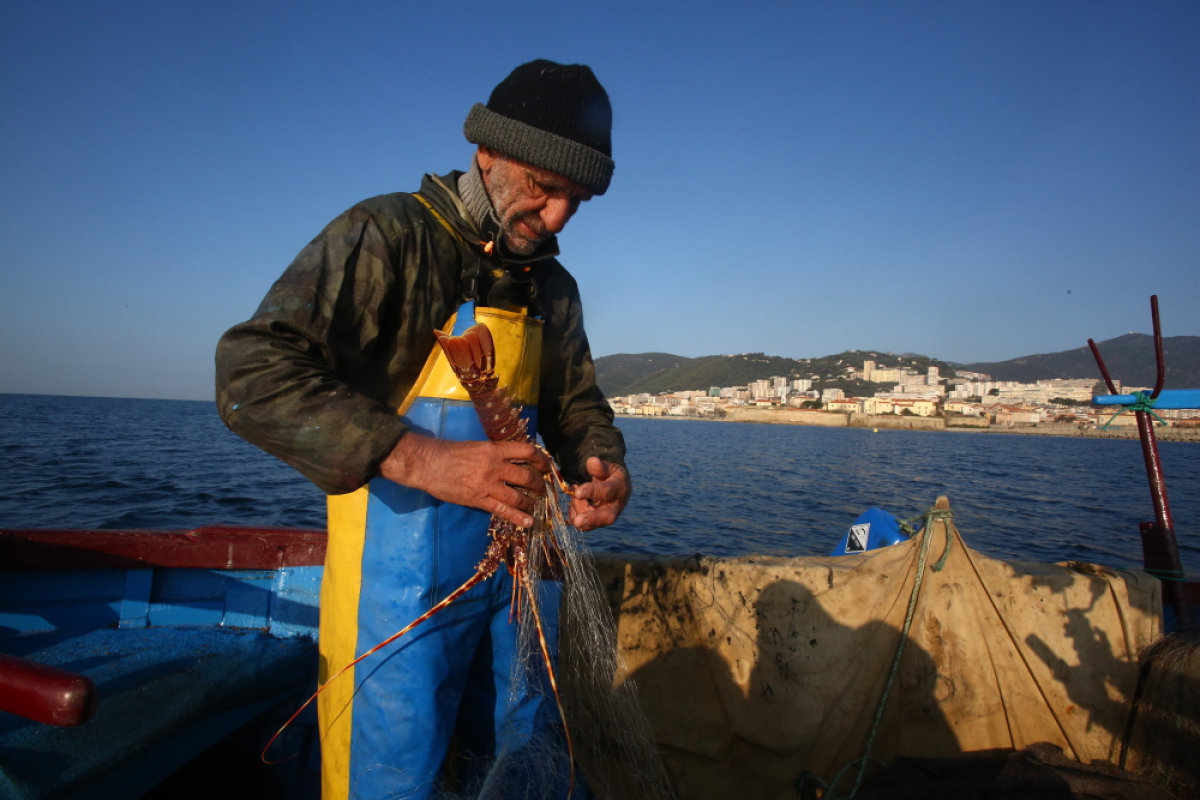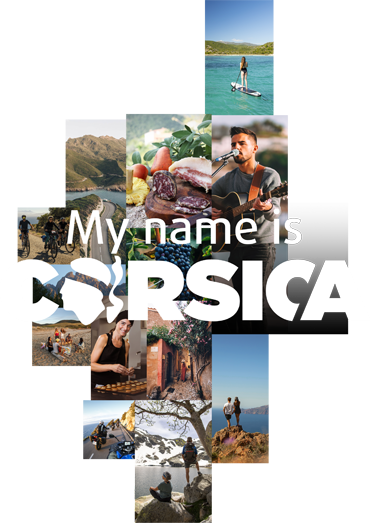Rechercher...
Explore Corsica
Ajaccio, lobster fishing
Red lobster, a coveted delicacy

 ©ATC S.ALESSANDRI
©ATC S.ALESSANDRI
From Bonifacio in the south to Centuri in the very north, the red lobster is a queen that has kept the island's oldest fishermen thriving since they first got their sea legs. It's a passion often passed down from their forefathers, who were already crustacean hunters themselves.
They used their hands to make impressive weavings from plant stems, often rush or olive wood, to make traps.
These traps were attached to a buoy by a rope and had to be strategically laid on the seabed before the lobster could be caught. This animal can sometimes be found at depths of up to 150 metres, in rocky substrates or, more rarely, on sandy bottoms.
 ©CORSE MATIN
©CORSE MATIN
In the 1960s, nylon nets, which are more effective at catching lobsters, largely replaced creels throughout the island, making fishing more productive and lucrative but drastically reducing the number of prey species. Populations are now struggling to re-establish themselves throughout the Mediterranean, and this type of fishing is subject to restrictions, particularly with regard to size.
Widely appreciated for its fine, tasty flesh, this seafood is eaten in a thousand different ways, carefully following ancestral recipes often handed down orally from previous generations.
From the beginning of March, Xavier d'Orazio, Ajaccio's first fishermen's officer, lays his nets less than a mile from the harbour. Here, every fisherman has his secrets, both about the place and the techniques. Aboard traditional wooden boats, almost all built at the old shipyard in the port of Tino-Rossi, they try to bring in a few lobsters for the restaurants and fish market in the imperial city. A few kilos of crustaceans are caught each day, compared with around twenty in the nineties.
 ©CORSE MATIN
©CORSE MATIN
As a fisherman, Xavier knows his stuff. He assures us that there is only one recipe for savouring this crustacean to the full, and it doesn't start with cooking a platter of pasta. And he's certainly not going to be swayed by chefs who don't have their feet in the boat.
In the old town, however, during the summer months, the aromas of a recipe renowned the world over and which also contributes to the island's gastronomic reputation waft through the air. It's hard to get a seat around the Bilboq tables.
 ©CORSE MATIN
©CORSE MATIN
Each table has a long Pompadour dish at its centre, with sliced lobster sitting on top of a mountain of spaghetti, coloured with a tomato sauce that only the chef knows the secret to.
Pasta recipes that can be found elsewhere on the island. At lunchtime, you can enjoy them on a cruise ship in the heart of the Lavezzi Islands, or in the courtyard of a remarkable old mansion in the port of Centuri.
Unfortunately, there are fewer Corsican lobsters in the nets than there are on our plates, but thanks to science they are set to enjoy a new lease of life. The Stella Mare research platform in Haute-Corse recently discovered the secrets of captive reproduction of this crustacean. Fishermen, restaurateurs and gourmets can now look forward to the revival of the island's emblematic fish products.
 ©ATC S.ALESSANDRI
©ATC S.ALESSANDRI
Products of the sea
The town of Ajaccio recently opened a new fish market next to the indoor market in the town centre. A place where you can find a representative range of local seafood. The stalls showcase the work of fishermen from all over Corsica. You'll be able to select and taste many different species of fish and shellfish emblematic of the Mediterranean.
 ©ATC S.ALESSANDRI
©ATC S.ALESSANDRI
Locate
powered by cd-media.fr



